Resurgent demand for city living takes Edinburgh market to new high
Continuing strong demand for family homes and the resurgence of the flat market in Edinburgh saw average prices climb by 4.4% in the three-months to June.
The market for flats in the Scottish capital has been relatively subdued since the pandemic, as buyers sought space, greenery and gardens.
However, flats recorded an increase of 4.5% in the second quarter, the strongest performance since the emergence of Covid, with larger properties proving popular with downsizers from houses and family buyers.
The annual change in the average price of a property in Edinburgh was 11.2% in the 12 months to June, which is the strongest performance since 2009.
It came as Halifax reported UK house price growth had accelerated to 13% in June, with the property market continuing to defy economic gravity due to resilient demand and tight supply.
“We’re still experiencing low supply but what we do have is selling incredibly well, and typically achieving a premium. While family homes with gardens remain in high demand, we’ve seen a sea-change for flats, with larger examples performing well even without outside space,” said Edward Douglas-Home, head of Scottish residential at Knight Frank.
The pandemic and successive lockdowns have put greenery and space at the top of buyers’ requirements for homes, fuelling sales and price growth in prime regional markets.
Edinburgh, which has a compact layout and access to the countryside, has been a popular choice, especially as city centre living has experienced a resurgence in popularity after the reopening of the economy.
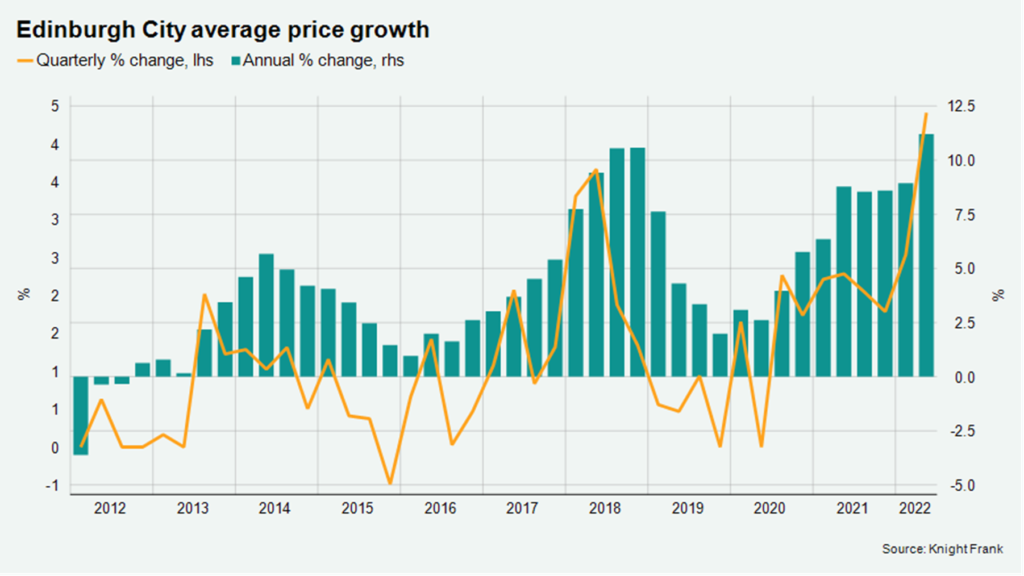
Property available for purchase in Edinburgh was 35% lower than a year ago in June, which is keeping upwards pressure on prices.
While Edinburgh’s ‘best of both worlds’ offer has proven particularly popular with domestic and expat buyers, there are signs that demand is peaking.
The number of new prospective buyers (demand) was 8% above the five-year average (excluding 2020) in the second quarter compared with a reading of +27% in the first three months of the year.
New instructions (supply) was 5% lower than the five-year average in the second quarter, compared with -19% in the first quarter.
Knight Frank forecast that prime regional price growth will slow to high single-digit by the year’s end as increasing headwinds such as the cost of borrowing and high inflation trim demand as supply continues to improve.
Scotland’s country market is calming down after a pandemic-inspired boom last year.
While demand in city markets such as Edinburgh remains exceptionally strong, Scotland’s country market is returning to its seasonal rhythm that sees sales activity peak in the third quarter.
“While it’s certainly not all doom and gloom we are in a very different place to where we were last year.
Buyers are definitely more cautious and is there is a slight question over location or condition they are holding off,” said James Denne, office head at Knight Frank’s Melrose office.
There was no change in the average price of a country property in Scotland in the three months to June, which left average prices 3.9% higher than a year ago.
However, given the relatively low volume of rural sales in Scotland compared with city markets, average prices have lagged more economically active locations such as Edinburgh in recent years.
While average prices have increased by 64% in Edinburgh over the past ten years, the increase in rural Scotland of 11% has been more modest.
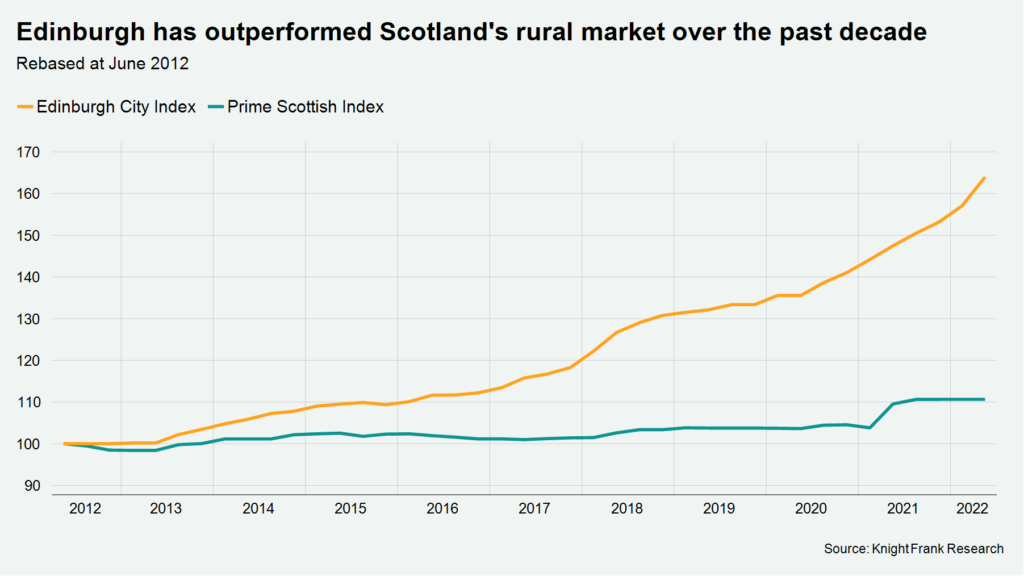
Furthermore, a large part of the price growth in Scotland’s country market came recently because of the escape to the city trend.
This saw expats lured back to take advantage of the market’s relatively good value, greenery and space, freed from the constraints of being near a city for work by the widespread adoption of hybrid working.
It led to Scotland’s country market enjoying its best performance in four years in 2021.
Despite a process of normalisation being underway, the number of offers accepted was up 22% in the three months to June (excluding 2020) as buyers that missed out in the busy period last year acted to secure a property, many no doubt acting ahead of further interest rate rises.
“We’re entering a crucial period for the Scottish country market.
While premium homes continue to sell well it feels a little thinner in terms of buyers around the £1m mark this year.
At the same time, some sellers that were 50/50 about coming to market this year have decided to move due to concerns around the increasing cost of living, which has increased supply” said Tom Stewart-Moore, head of Knight Frank’s rural business in Scotland.
After a record number of viewings in the country market last year, viewings were down 5% in the three months to June versus the five-year average (excluding 2020).
This is despite improving supply, with new instructions up by 32% in the same period.


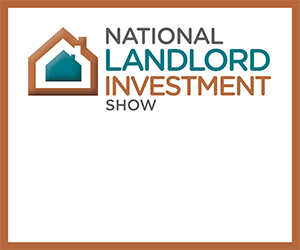





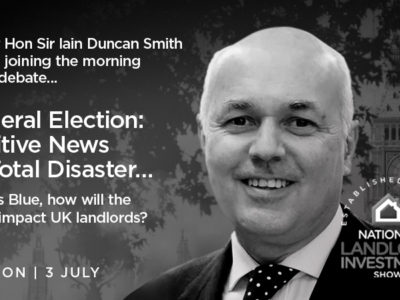

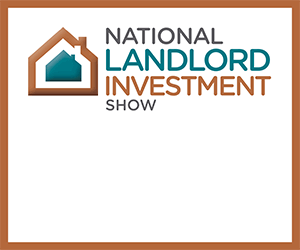

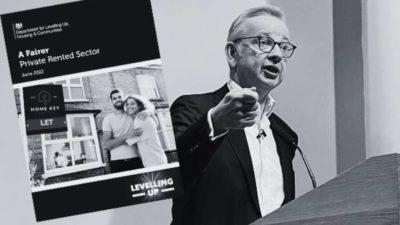


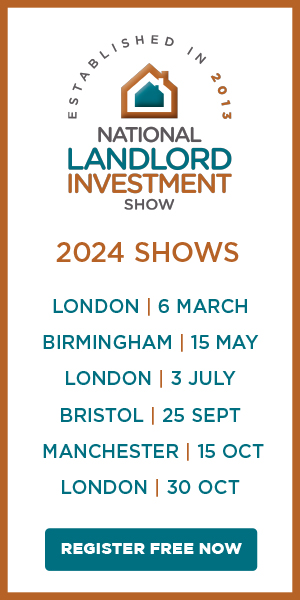
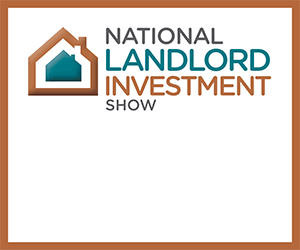
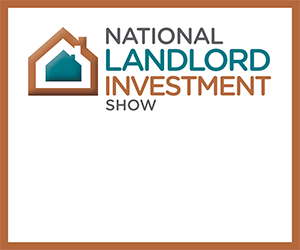


Comments